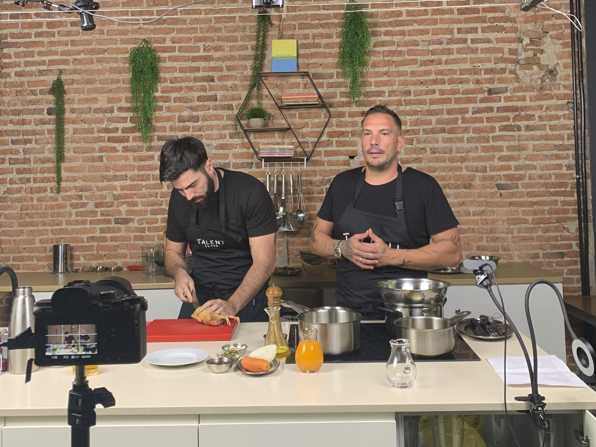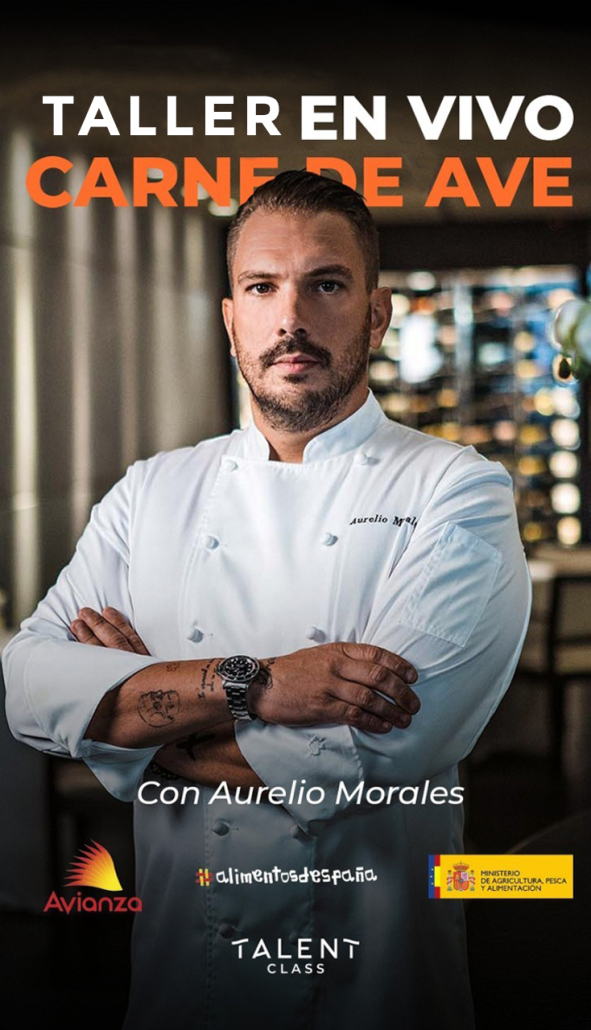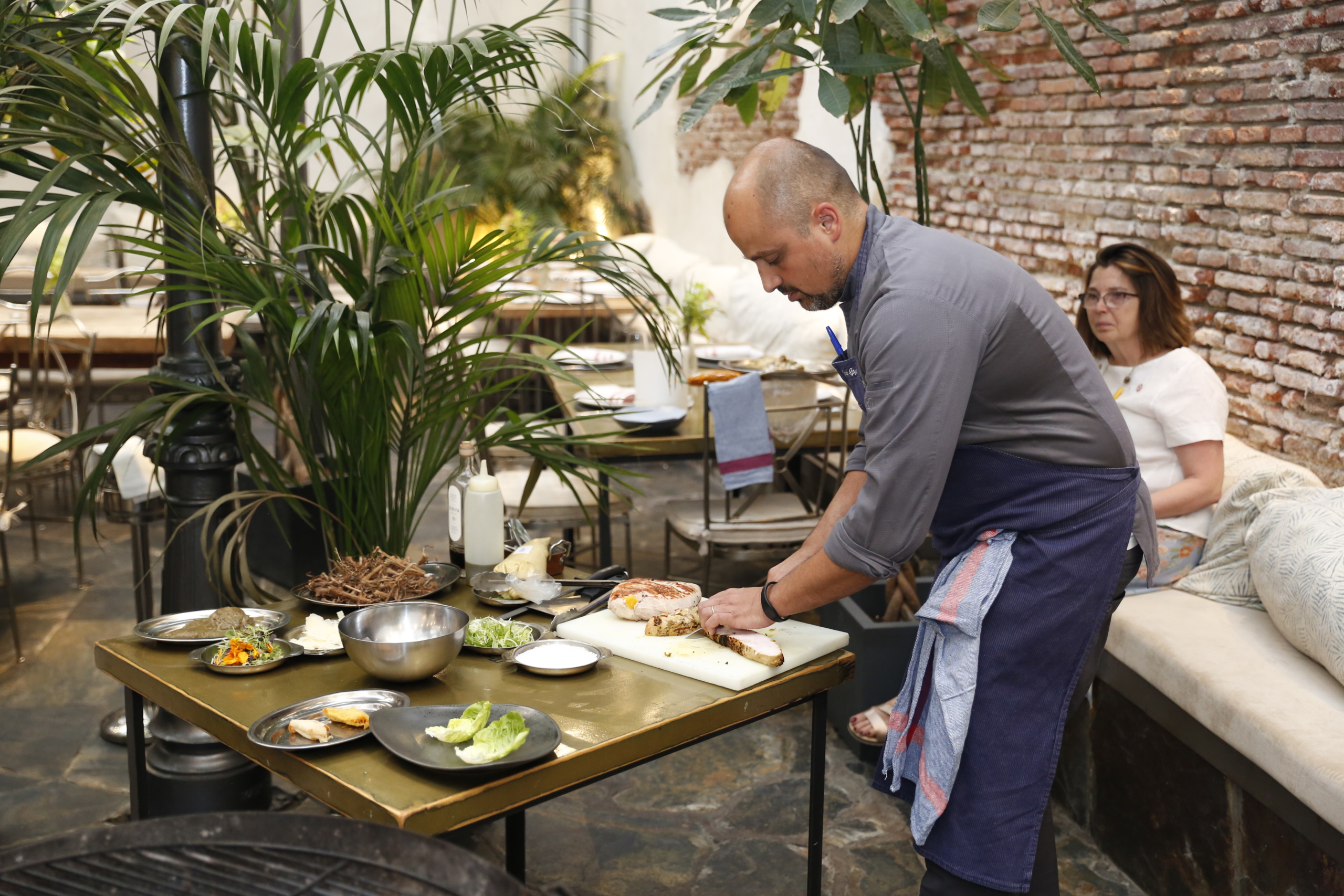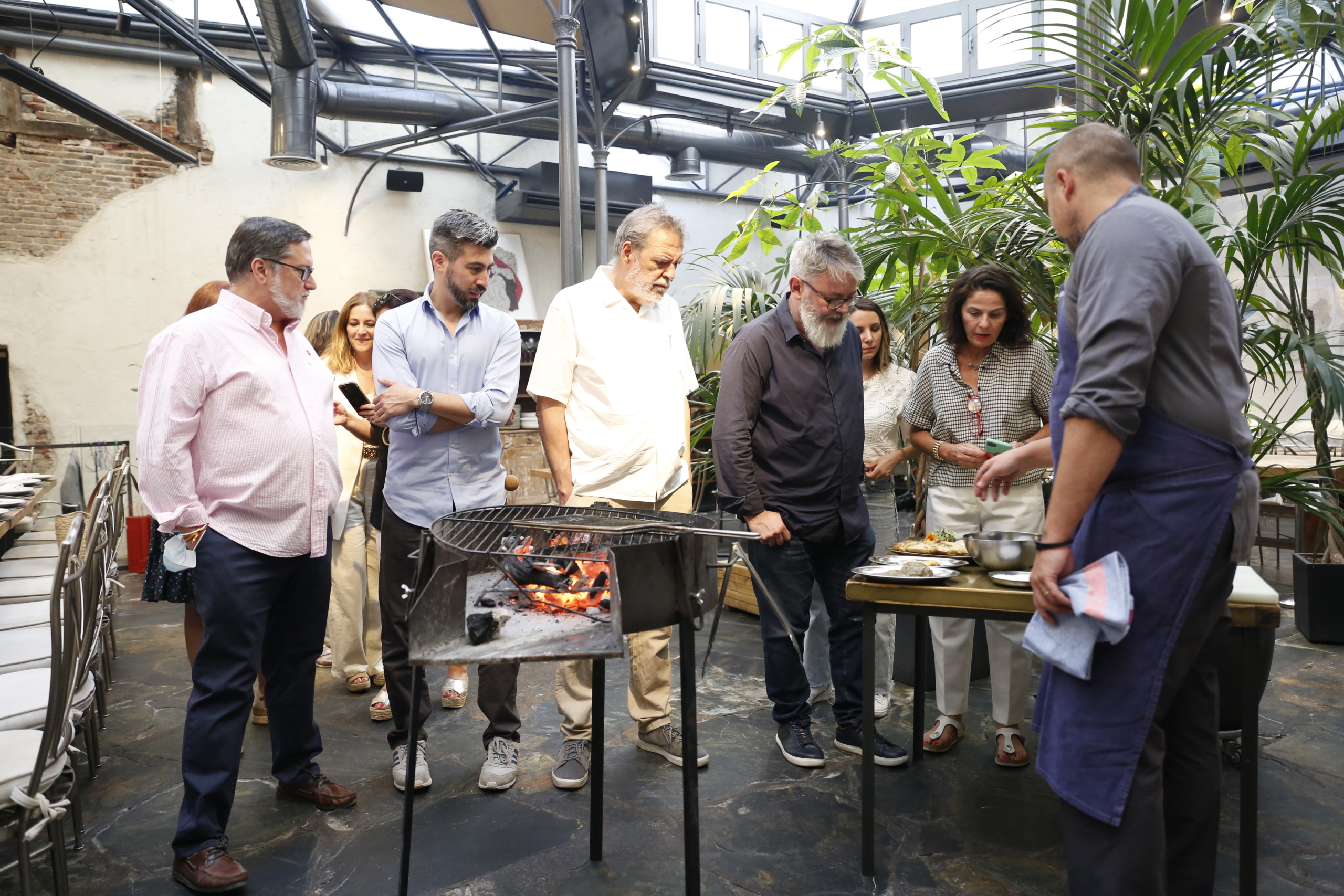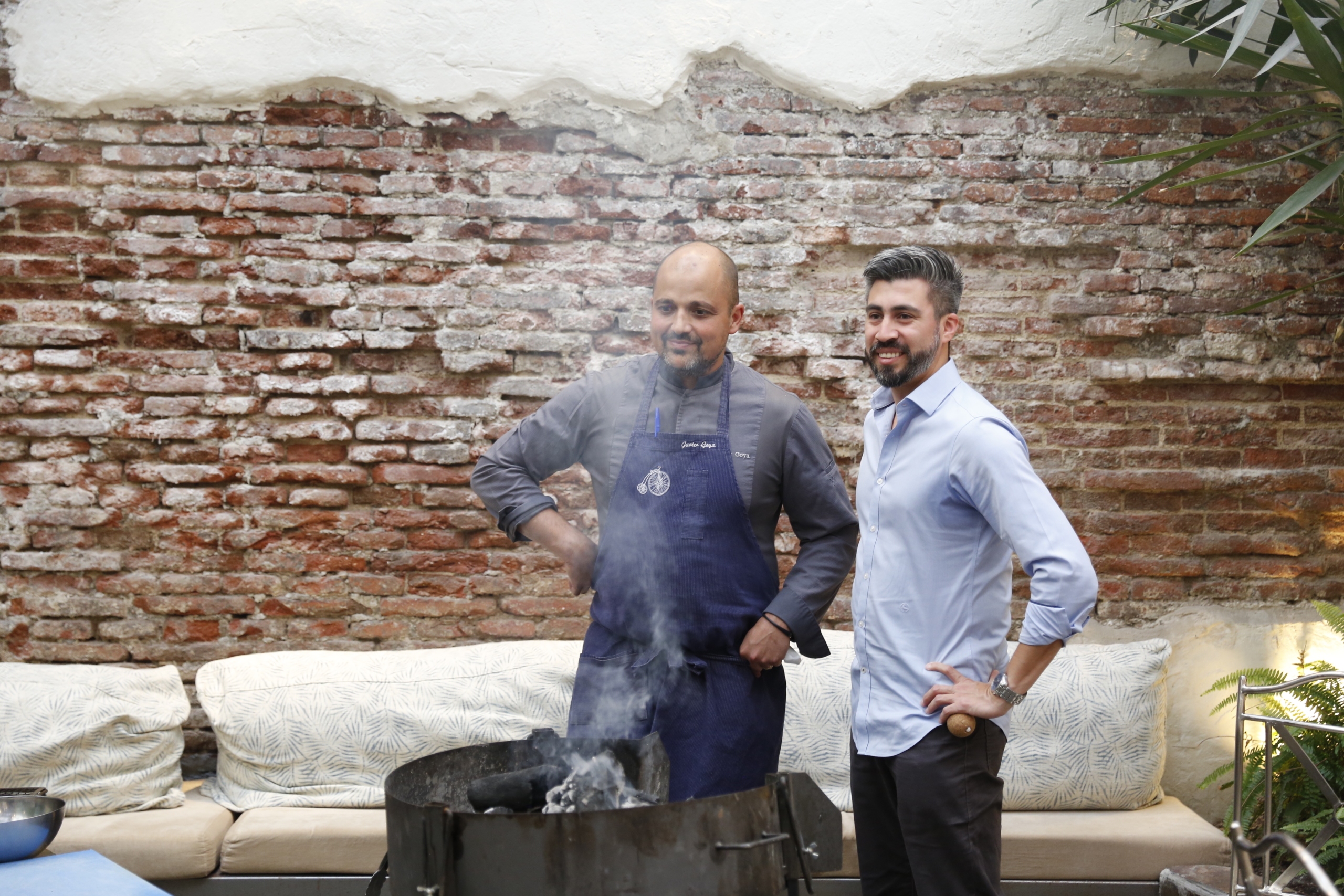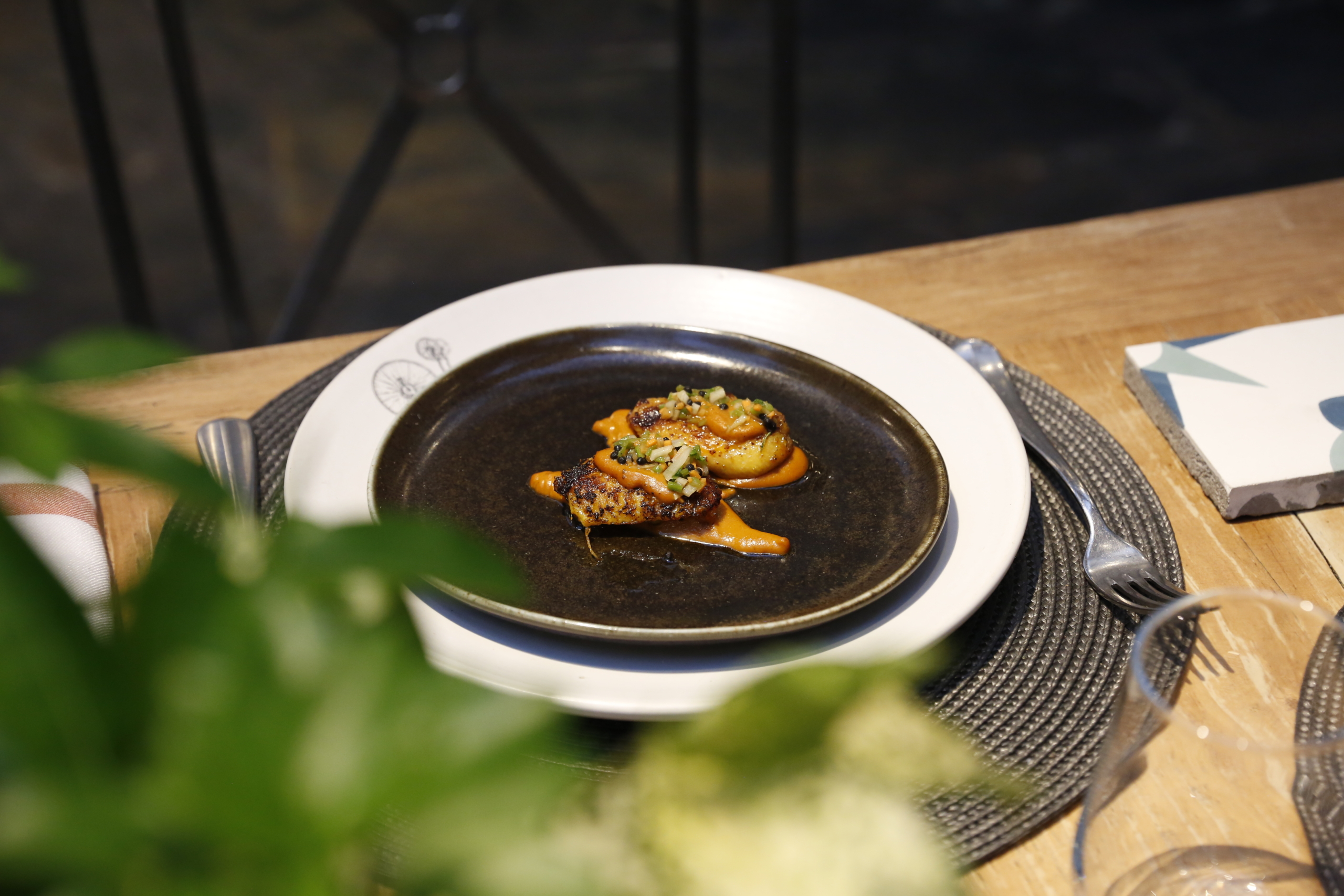- The Interprofessional Organizations of the sector promote the Livestock-Meat Forum on two essential criteria: unity and a determined commitment to the country
- At the presentation event, the Minister of Agriculture, Fisheries and Food, Luis Planas, highlighted the Government's support for the livestock and meat sector "for providing quality food, boosting our exports and giving life to our rural environment."
June 2022. Acting in a coordinated manner to face current challenges, such as sustainability and climate change, digitalization and innovation or the demographic challenge and the structuring of rural Spain, are the strategic axes of the Livestock-Meat Forum, a new initiative of the six interprofessional organizations of the sector that were presented today at the headquarters of the Ministry of Agriculture, Fisheries and Food, with the participation of Minister Luis Planas.
In his speech, the person in charge of the Spanish agri-food sector highlighted that «Society has to know that it has in our livestock farmers, in the meat sector, one of the pillars by which it can feel calm», highlighting "the need to publicize their work and the progress they are making to produce sustainable food, respectful of the environment and animal welfare."
The minister has reiterated the Government's support for the livestock and meat sector «for providing quality food, boosting our exports and giving life to our rural environment," and in relation to EU promotion aid, he stated that he shares the sector's concern: «reducing support for meat in promotion without a prior discussion of the analyzes and context that lead to that decision is wrong. Spain will defend this position within the framework of the EU", it is finished.
"All the sectors we represent are united and committed to our country", stated in their interventions the presidents of Interporc, Manuel García, and of Interovic, Raúl Muñiz, on behalf of the six interprofessional organizations (Asici, Avianza, Intercun, Interovic, Interporc and Provacuno).
«We are determined to create a strong public-private collaboration to value our sectors and the work and dedication of the hundreds of thousands of professionals who work in them, not only for the social, economic and territorial value, which we already contribute, but also, and above all, for anticipating the challenges that society and the market demand of us. It is precisely this alliance that provides the best added value to this initiative", They have highlighted.
For this, the Livestock-Meat Forum, which was born with the motto «Building country», is committed to three fundamental objectives:
- Share with society the chain's efforts to be more sustainable and innovative hand in hand with economic development.
- Make visible the work and voice of Spanish municipalities.
- Develop truthful and transparent communication with the support of the scientific world.
And all this through the contributions of the sector to the Spanish economy, to the structuring of rural Spain and the establishment of the population, to sustainability and digitalization, innovation and development.
The Spanish livestock-meat sector is a net generator of opportunities for our country: it creates quality jobs, energizes the territories where it is established and, thanks to the export vocation, it is promoting the Spain brand throughout the world. And all this, without losing the essence of the sector of protecting the territory and the environment, among other reasons, because its own existence depends on it.
The Forum responds to the desire of the livestock-meat chain to promote all advances in sustainability and the efforts and resources
intended to reduce the environmental impact, advance the circularity of productions and move towards environmental neutrality and the promotion of a more sustainable environment through significant economic investments, innovation and talent.
At the same time, the Forum also wants to publicize the important efforts made by the chain and the companies that make up it to address a deep integration of digitalization and innovation processes in the productive processes of the sector.
The Forum also aims to become, through the Municipal Livestock-Meat Network, the main defender of the economic and social activities that have allowed the survival of many cities and towns in rural areas. Its purpose is to establish meeting points that make visible the important work of the chain to face the demographic and economic challenges that the country must face, and promote public-private collaboration between city councils and the sector.
And finally, the Forum aims to provide quality information on the challenges and actions of the livestock-meat chain. biased information,
interested and directed has recently become a serious problem that affects the public sector and the markets alike. The
The contribution of the Forum will be transparency and the incorporation of the world of science and research into the social debate as the best means of
knowledge about the meat-livestock chain and its productions.
The presentation event of the Forum included the holding of two expert panels on "Sustainability and Digitalization" and "The channel's bets on the demographic, generational challenge and equality", moderated by journalists Íñigo Inchusta and Elisa Plumed, with the participation of Manuel Lainez (innovation and sustainability consultant), Carlos Piñeiro (information management systems in livestock), Francesc Boya (General Secretary of Demographic Challenge), Margarita Rico (professor-researcher at the University of Valladolid) and Lucía Velasco (livestock representative).
Link to the Forum presentation: https://youtu.be/m7HjmGH0tgU
Website: www.forogc.es
The Livestock-Meat chain
To correctly situate the enormous social and economic significance of the livestock-meat chain, we must refer to the millions of families in our country whose life and development is directly linked to livestock production, industry and meat marketing. More than 2 million people depend on this activity in Spain, from farmers who grow cereals and forage to feed livestock, through the feed manufacturing industry, livestock farmers, meat industries, the animal health industry, veterinary professionals, the livestock and meat logistics and transport sector, auxiliary industries (agricultural machinery, livestock facilities, facilities for industry, cold, etc.), organized distribution (supermarket and hypermarket chains) and specialized retail distribution (butcher shops-delicatessens).
Livestock activity is carried out on more than 350,000 farms throughout the country and more than half of our activity is located in municipalities with less than 5,000 inhabitants. Livestock farming directly employs more than half a million people and the meat industries and retail trade another 200,000 employees. Livestock farming contributes 16,500 million euros to Final Agricultural Production, while the turnover of the meat industry amounts to 31,727 million (28.5% of the entire agri-food industrial sector), with 9,107 million euros of exports in 2021 contributed to the country's trade balance.
More information:
Jose Manuel Alvarez
Interprofessional Platform Coordinator
Livestock-Meat
[email protected]
646 65 28 46
